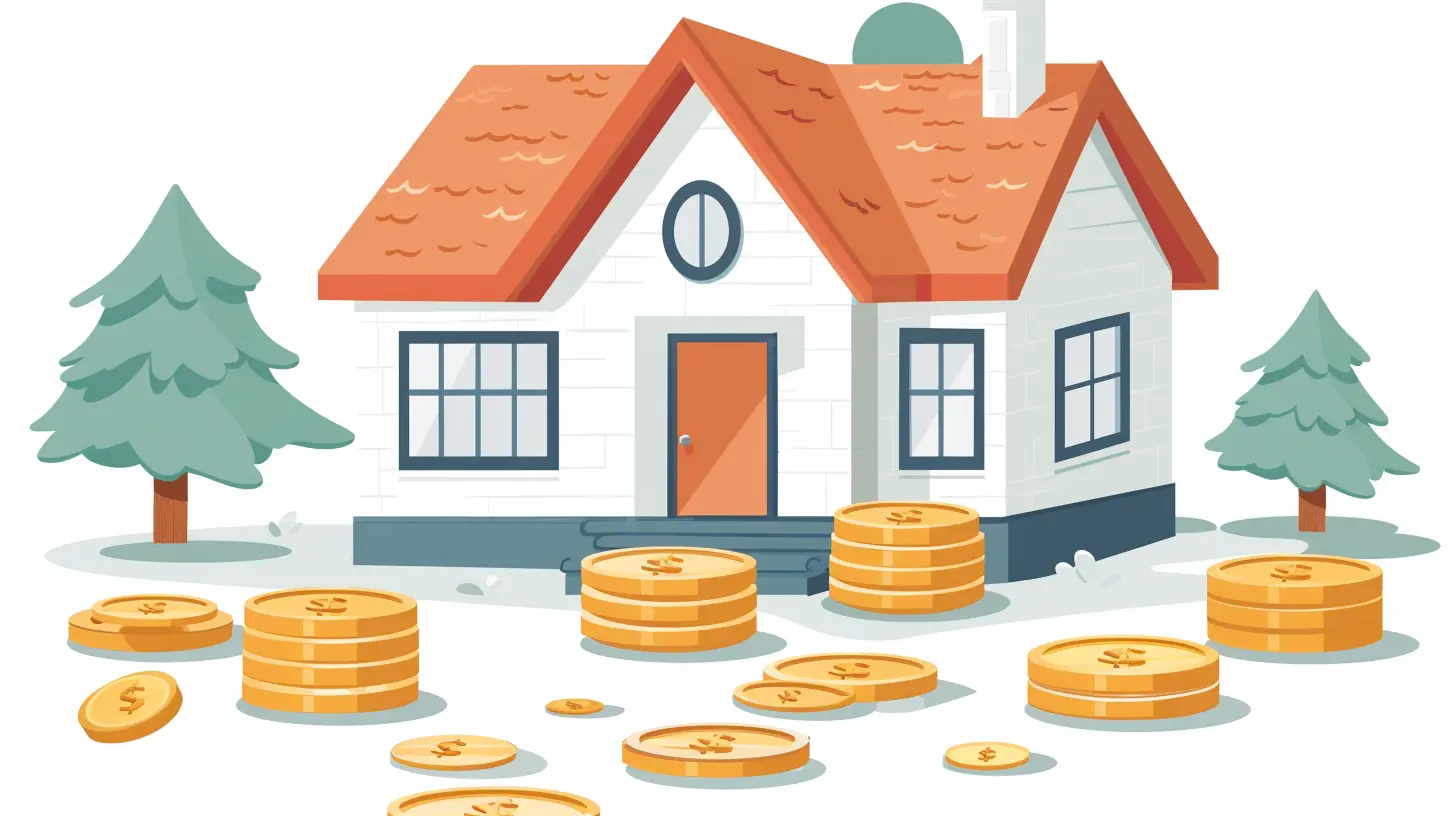26 February 2025
Selling your home, especially in a hot seller’s market, can feel like hitting the jackpot. Buyers are lining up, inventory is low, and homes are flying off the market like hotcakes. But here’s the thing: even in a seller’s market, pricing your home properly is the golden ticket to selling quickly and for top dollar. If you overshoot, you could scare off buyers. Undervalue it, and you’re leaving money on the table. Neither scenario is ideal, right?
So, how do you find that sweet spot? In this post, we’ll break down effective pricing strategies to make sure your home stands out—for all the right reasons. Whether you’re a first-time seller or a seasoned homeowner, these tips will help you navigate the pricing game like a pro.
Why Pricing Matters (Even in a Seller’s Market)
Let’s be real: the price tag on your home is like bait on a fishing line. You need potential buyers to bite, and pricing is what reels them in. Even if the market is buzzing and buyers are eager, they’re still on the hunt for a good deal. Price too high, and your listing might sit there like leftovers no one wants. Price too low, and you’ll have to deal with the regret of leaving cash on the table.Think of pricing as your first impression. Buyers scroll through listings quickly, so your price needs to catch their attention. Too high, and they’ll skip right along to the next home. Too low, and they’ll wonder, "What’s wrong with this house?" You want to hit that Goldilocks price—just right.
Do Your Homework: Understanding Market Comparables
Before you slap a price tag on your home, roll up your sleeves and do a little research. Digging into market comparables (comps for short) is the secret ingredient to a well-priced home. Comps are essentially homes similar to yours in location, size, and condition that have recently sold. They’re your crystal ball for understanding what buyers are willing to pay.Here’s how you can approach comps:
1. Look Local: The closer the comp is to your home, the better. A similar home in the next neighborhood might not carry the same value.
2. Match Features: Compare homes with similar square footage, number of bedrooms, and amenities. Buyers will.
3. Stick to Recent Sales: Market trends can shift fast. Focus on homes sold in the last three to six months.
By studying these comps, you’ll get a ballpark idea of your home’s worth. If you’re working with a real estate agent, they’ll likely prepare a Comparative Market Analysis (CMA), which is just a fancy term for a detailed comp report.
The Role of Emotional Pricing in a Hot Market
In a seller’s market, emotions can run wild. Buyers may fall in love with your home and bid way above asking price just to secure it. That’s great news for you, but it’s also a double-edged sword.Here’s a tip: don’t let your emotions overinflate the price. Sure, your home might feel priceless to you—it’s where you’ve made memories, after all. But buyers don’t have the same attachment. They’re looking at it as a commodity. Price it too high based on sentimental value, and you’ll scare away even the most eager buyers.
Instead, use emotions to your advantage. Create a bidding war by offering a slightly lower price than comps suggest. Why? Because a well-priced home can ignite a frenzy of interest, leading to competitive offers. Think of it as lighting a match in a dry forest—you’ll spark something big.
How to Leverage Psychological Pricing
Ever notice how $9.99 feels way cheaper than $10? That’s psychological pricing at work. It’s a subtle, effective strategy that can make your home seem like a better deal.When pricing your home, consider using “charm pricing.” Instead of listing at $500,000, go for $499,900. That small difference can make your home appear more attractive in search filters. Buyers who’ve set their maximum search at $500,000 might feel they’re stretching their dollar with your price.
Additionally, you can price just below key psychological thresholds. For instance, pricing at $399,000 instead of $400,000 can make a huge difference in attracting buyers searching in the $300K range.
Adjust Based on Feedback: Stay Flexible
Even with all the research in the world, your initial price might not hit the bullseye. And that’s okay! What’s not okay is being stubborn about it. Listen to buyer feedback and pay attention to showing activity (or lack thereof).If your home has been on the market for weeks without an offer, it’s time to reassess:
- Are buyers consistently saying it’s overpriced?
- Did similar homes in your area sell faster?
Making a price adjustment doesn’t mean you’ve failed. In fact, it shows that you’re serious about selling. Sometimes, a small price drop can breathe new life into your listing and attract a fresh wave of buyers.
Work With a Pricing Strategy That Matches the Market
Let’s talk game plans. Pricing strategies can vary depending on how hot the seller’s market truly is. Here are a few approaches:1. Price at Market Value: This is the safest bet. List your home for what the comps suggest. You’re more likely to attract serious buyers without scaring anyone off.
2. Slightly Below Market Value: This strategy can generate buzz and potentially lead to a bidding war. Buyers love feeling like they’re getting a deal, even if they end up paying more in the end.
3. Set an Aspirational Price: If you’re not in a rush to sell, you could aim higher than market value. But proceed with caution—this can backfire if buyers don’t bite.
Your real estate agent can help you decide which strategy fits your situation best. They’ll know your local market like the back of their hand, so don’t be afraid to lean on their expertise.
The Power of Timing: Going Live at the Right Moment
Timing is everything. In a hot seller’s market, listing your home on the right day can make a world of difference. Most experts agree that Thursday is prime real estate for going live. Why? Because buyers tend to plan their weekend showings toward the end of the week.Think of it as launching a movie on opening night—you want maximum visibility and excitement. List on a Thursday, and your home will be fresh and new for eager weekend buyers.
Be Strategic With Price Adjustments
If you’ve tested the waters and your home isn’t selling as fast as you’d like, don’t panic. Instead, make strategic price adjustments:- Make the first reduction count: You don’t want to nip away small amounts over time. A single, decisive cut will capture more attention.
- Announce the price drop: Don’t just quietly lower your price—let buyers know! Update your listing description to highlight the new price.
- Reevaluate comps: Market conditions might have shifted since you first listed. Check out updated comps to guide your adjustment.
Final Thoughts: Pricing Right Is Key to Selling Fast
Selling your home quickly in a hot seller’s market isn’t rocket science, but it does require strategy. The right price can be the difference between a quick sale and a frustrating waiting game. Do your research, stay flexible, and use psychological and emotional pricing to your advantage. And remember, a trusted real estate agent can be your best ally in nailing that perfect price.At the end of the day, think of pricing like planting a seed in fertile soil. When done right, you’ll watch offers blossom and multiply—making your home sale a success story.












Thomas Nelson
In a hot seller’s market, pricing your home strategically is vital. Consider appraising your property to set a competitive price that attracts buyers while maximizing your returns. Flexibility with pricing and understanding market trends can lead to quicker sales and a smoother selling experience.
March 28, 2025 at 5:53 AM